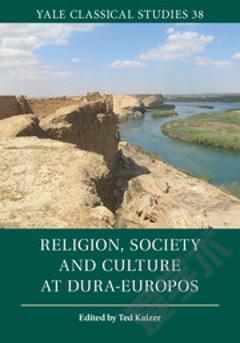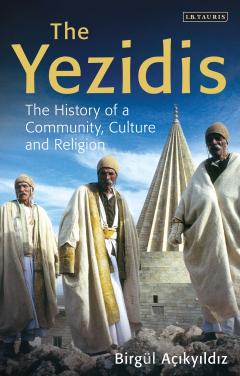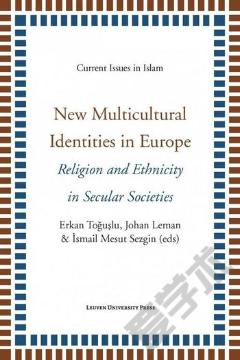Religion, Society and Culture at Dura-Europos
This volume advances our understanding of the religion, society and culture of Dura-Europos, the small town on the Euphrates known since the 1930s as the 'Pompeii of the Syrian desert'. Several features make the site potentially our best source for day-to-day life in a small town situated on the periphery of the Roman world: inscriptions and graffiti in ten ancient languages; sculptures and frescoes combining elements of Classical and Oriental art; the most important papyrological dossier of any military unit in the Roman world; documents relating to the local economy; over a dozen pagan sanctuaries; plus a famously painted synagogue and the earliest Christian house church, all set in a gridiron city plan and surrounded by well-preserved fortifications. Dura's unique findings facilitate the study of life in a provincial small town to a degree that archaeology and history do not usually allow.
{{comment.content}}








 京公网安备 11010802027623号
京公网安备 11010802027623号